Bac Ninh diversifies railway transport to boost logistics and tourism links
BAC NINH – Railway transport along the Hanoi–Dong Dang line passing through Bac Ninh province is undergoing a strong transformation, with a growing number of domestic freight and international trains now in operation. Recently, the industry also launched the “Hanoi Five City Gates” cultural tourism train connecting Hanoi and Tu Son (Bac Ninh), further diversifying railway services and easing pressure on road transport while opening new paths for sustainable regional logistics.
Strengthening inter-regional transport potential
The Hanoi–Dong Dang railway, which runs through Bac Ninh, is considered the “backbone” of inter-regional freight transport, linking Hanoi with northern industrial provinces.
 |
|
Passengers enjoy local specialties and traditional Quan ho melodies on Hanoi train. |
It plays a key role in carrying domestic cargo and cross-border goods and passengers, serving as a trade gateway through Lang Son province to China. Goods from major industrial parks such as Yen Phong, Tien Son, and Que Vo in Bac Ninh are consolidated at Yen Vien (Hanoi) and Kep stations before being transported to Lang Son and China.
As the economy recovers, railway activity has surged. In the first ten months of 2025, the Hanoi–Dong Dang line operates 12 domestic and international trains daily, up by four trips from a year earlier.
Eight of these trains carry goods and passengers to China, mainly agricultural produce, electronic components, and industrial materials, averaging 1,800 tonnes per train.
Key stations like Yen Vien, Tu Son, and Kep have become major logistics hubs supporting import-export firms and enabling Vietnamese goods, including those from Bac Ninh, to access the Chinese market more efficiently.
Bac Ninh holds a strategic position within the national network. The Vietnam Railways Corporation is coordinating with local authorities to expand rail-based logistics services, allowing enterprises in industrial zones to load cargo directly onto trains at nearby stations, reducing transport costs and delivery times — a step toward bringing “border gates deep into the hinterland.”
Introducing cultural tourism by rail
To maximize railway potential, the industry launched the “Hanoi Five City Gates” cultural tourism train in September 2025. The route, named “Thang Long – Kinh Bac,” connects Hanoi Station with Tu Son Station in Bac Ninh, offering a one-hour cultural journey linking the ancient capital with the land of Quan ho folk songs.
 |
|
A freight train passes through Kep station. |
The two-story train features a nostalgic wooden interior, with five carriages named after Hanoi’s historic gates: O Cho Dua, O Dong Mac, O Quan Chuong, O Cau Den, and O Cau Giay.
Passengers can enjoy local specialties such as green rice cakes and lotus tea, while listening to traditional Quan ho melodies amid scenic views of villages and countryside. After arriving at Tu Son, visitors continue to the Do Temple, a national special relic dedicated to eight kings of the Ly Dynasty.
Since its launch, the service has operated 77 trips, carrying about 17,000 passengers — both domestic and international — marking a new highlight in cultural tourism linked with heritage preservation.
The Party’s 13th Congress Resolution and Politburo’s Conclusion No.49-KL/TW (February 28, 2023) identified railways as a priority sector for investment due to their efficiency, low cost, and environmental benefits. Following this direction, Vietnam Railways has implemented multiple safety and modernization measures on the Hanoi–Dong Dang route.
For passenger transport, the focus is on improving frequency, punctuality and comfort. For freight, the goal is to develop a wider logistics network to meet the surging export-import demand.
A key factor in improving operational efficiency is the signaling and information system. Previously managed manually, train operations have now been upgraded with automated signaling at major stations such as Yen Vien, Tu Son, Kep, and Dong Dang, enhancing safety and reducing train intervals.
The railway sector is also digitizing its control network to connect operation centers with stations, enabling early fault detection and real-time monitoring. These upgrades have increased transport productivity by 15–20% and strengthened safety for both passengers and cargo, paving the way for smart railway logistics.
From 2026 to 2030, Vietnam Railways plans to establish a closed cargo transfer system directly connecting major industrial zones like Yen Phong, Que Vo, Tien Son, Dinh Tram, and Quang Chau to nearby stations, helping reduce road congestion and logistics costs.
By 2030, under the Ministry of Construction’s plan, the Hanoi–Dong Dang railway will be gradually modernized into a regional logistics corridor, with Bac Ninh as a “strategic transit point” between Hanoi and the northern border region.
The province is developing warehouse and logistics zones in Tien Son and Yen Phong, adjacent to the national rail line, to strengthen multimodal connections between rail, road and seaport transport.
 Bắc Ninh
Bắc Ninh
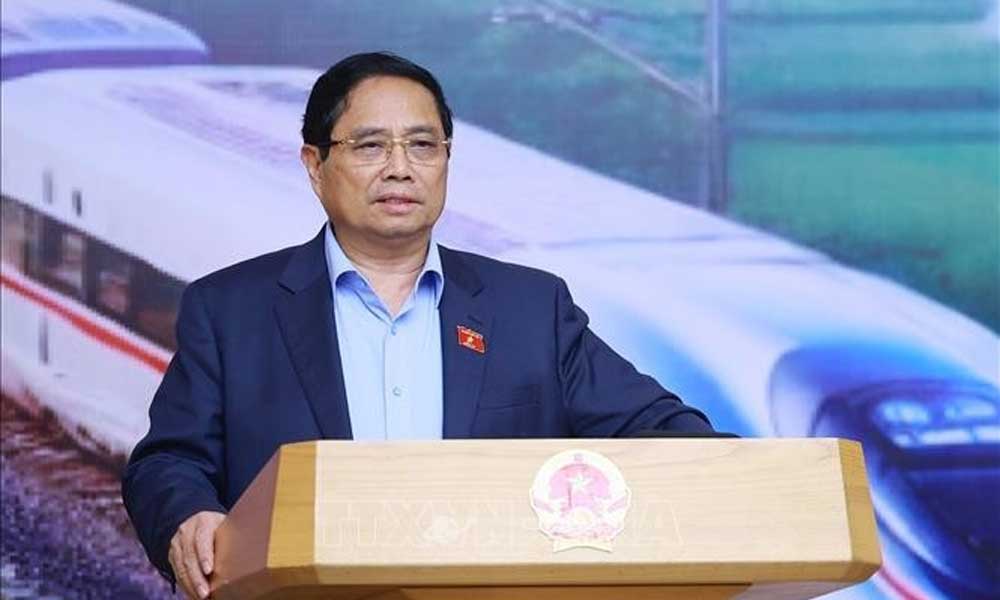



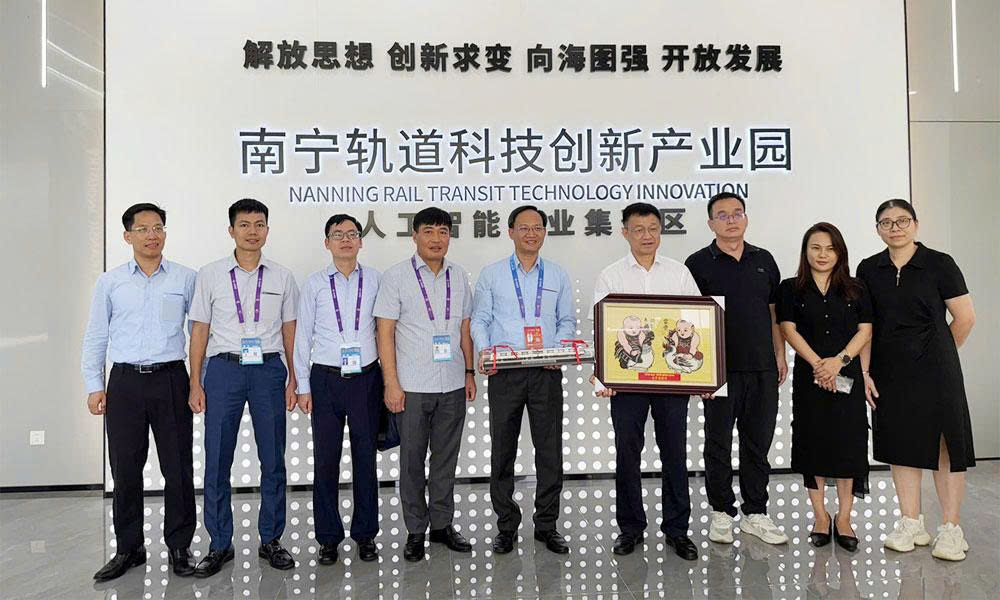
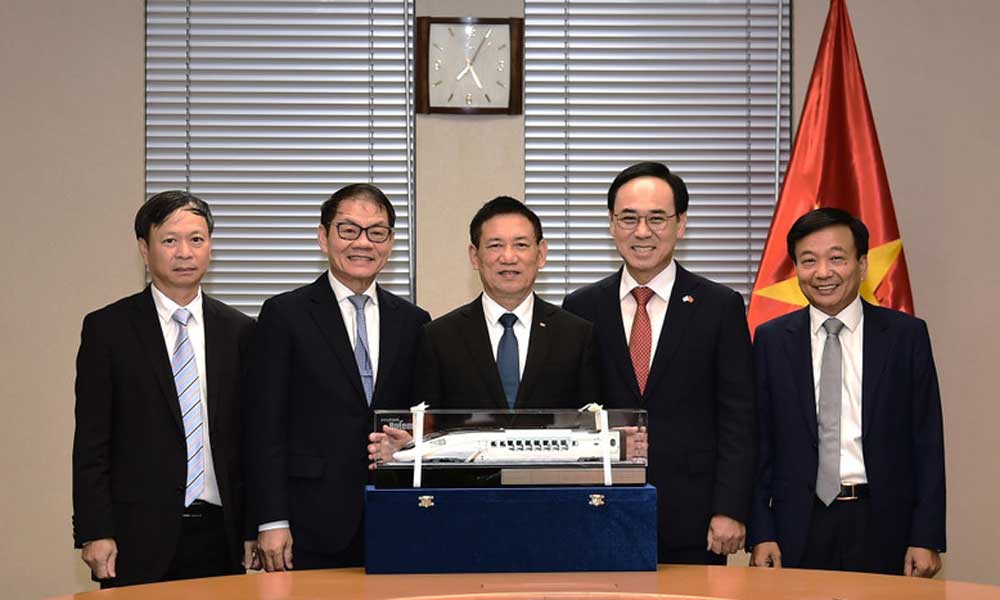
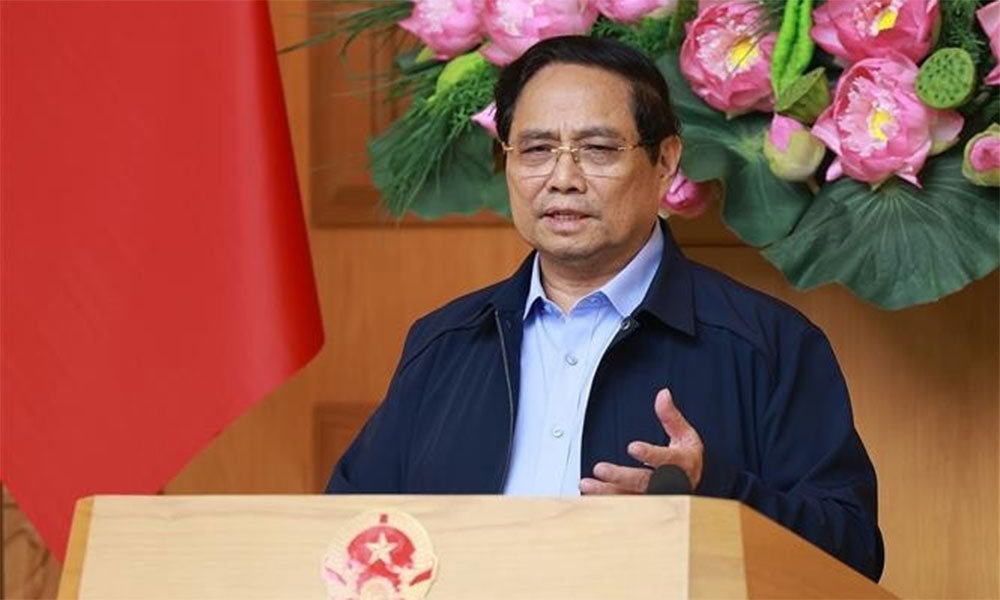




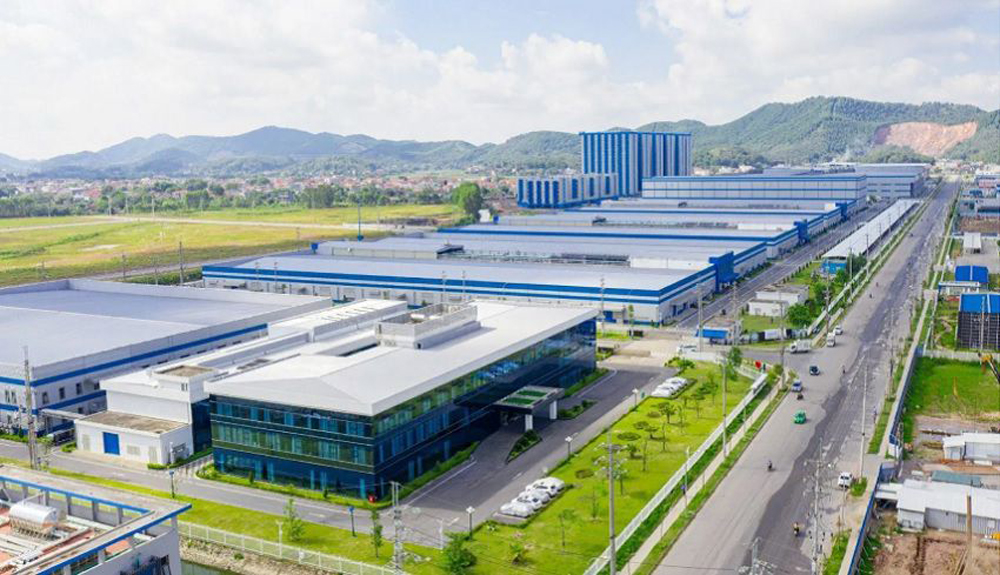
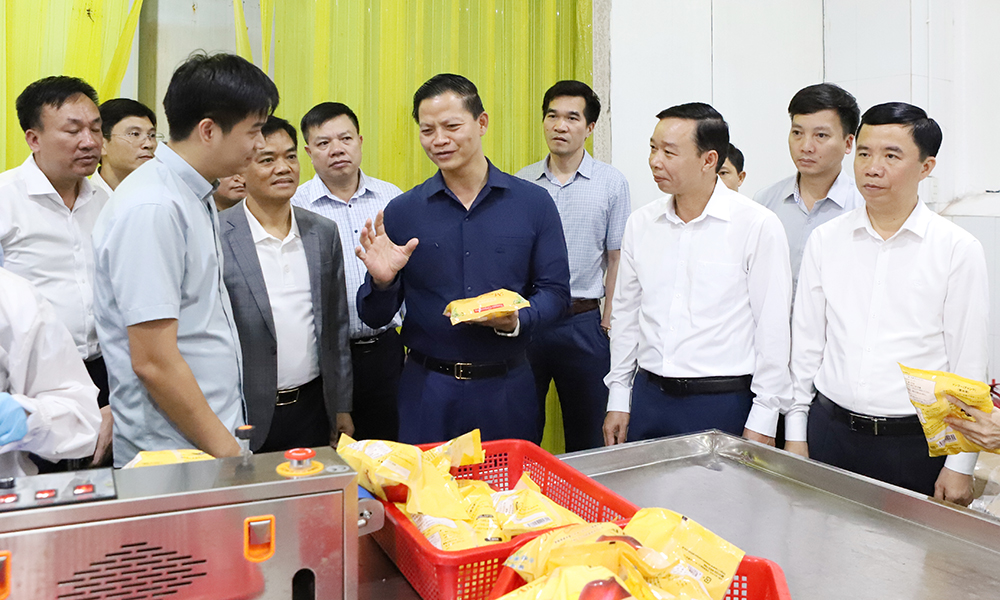






Reader's comments (0)